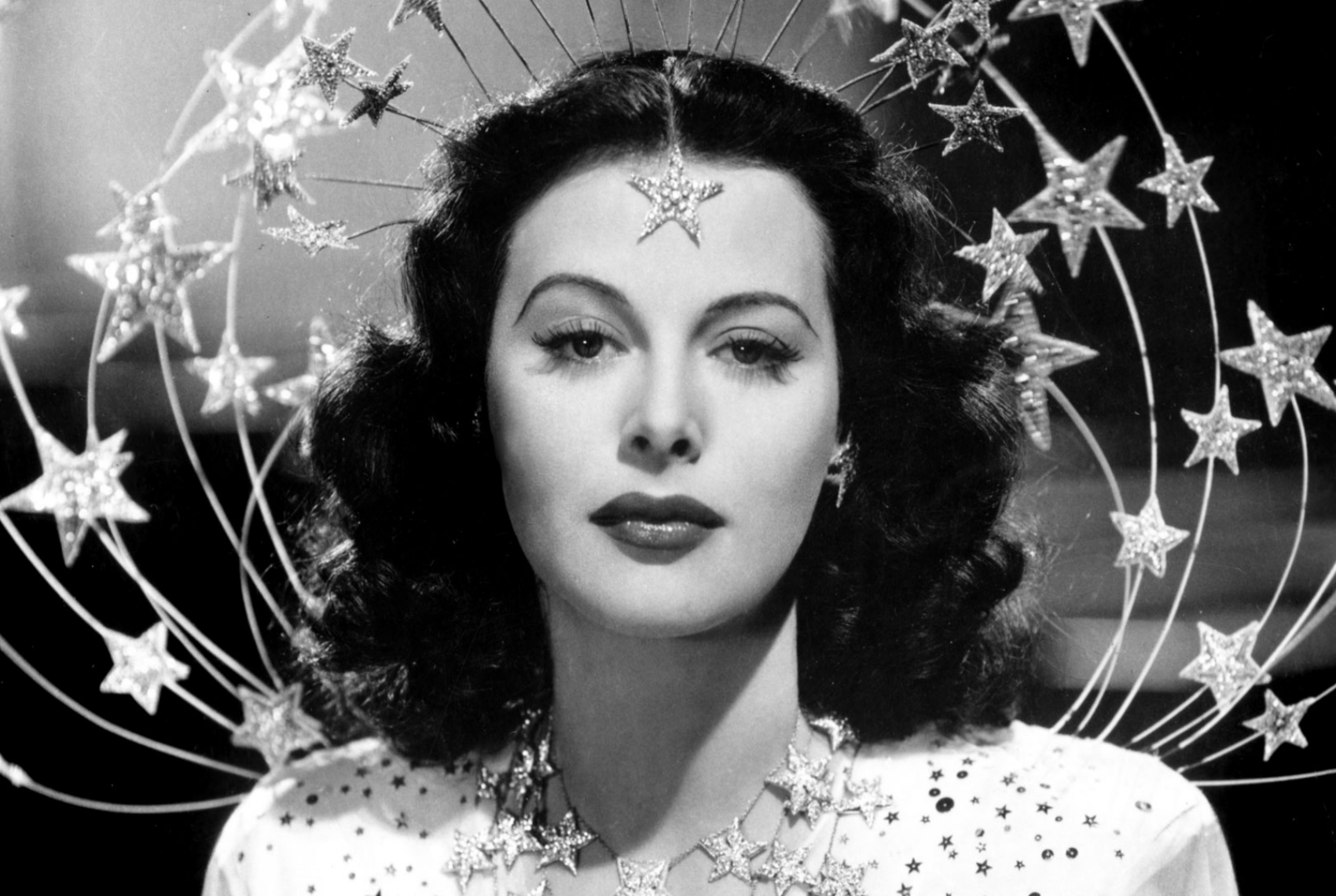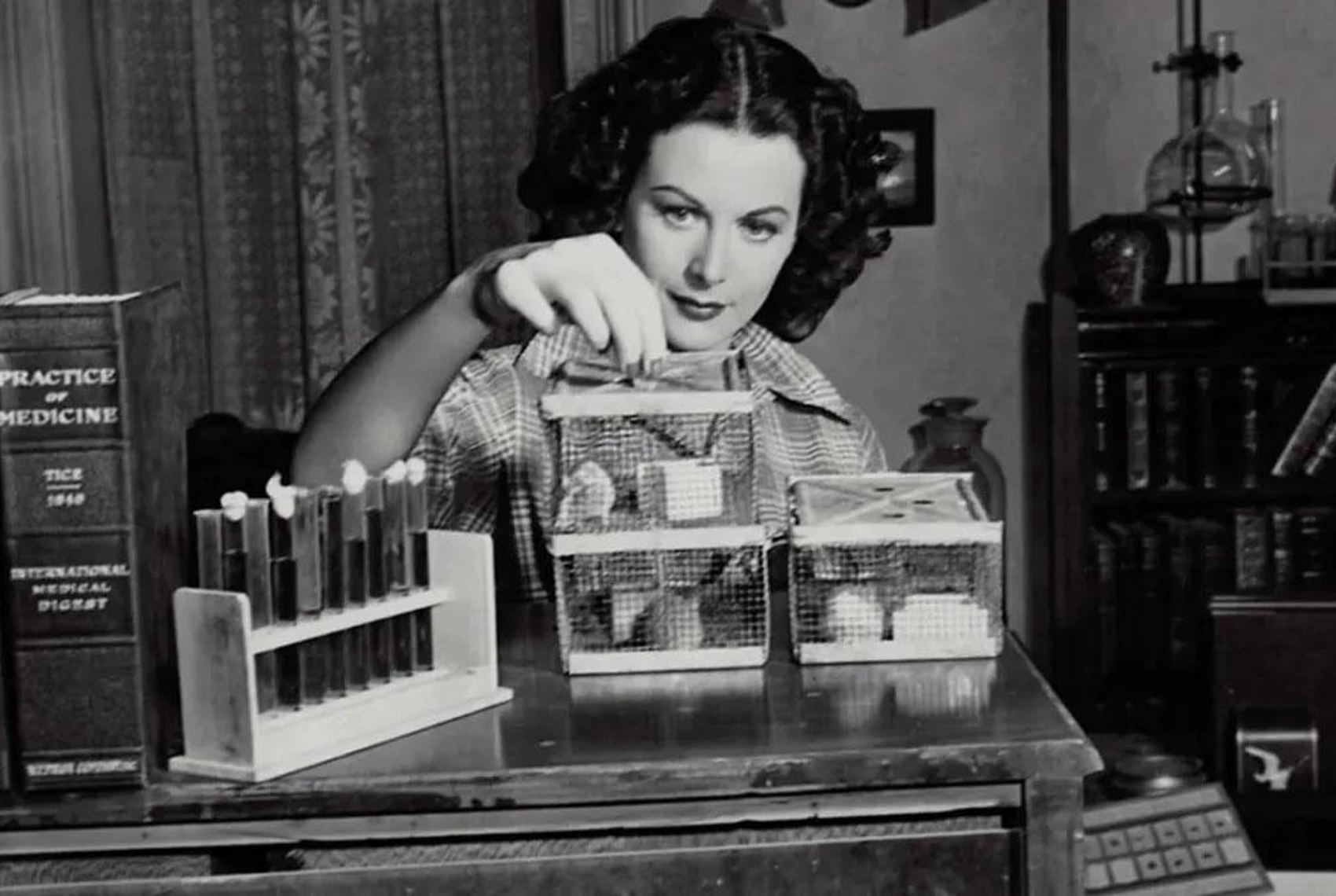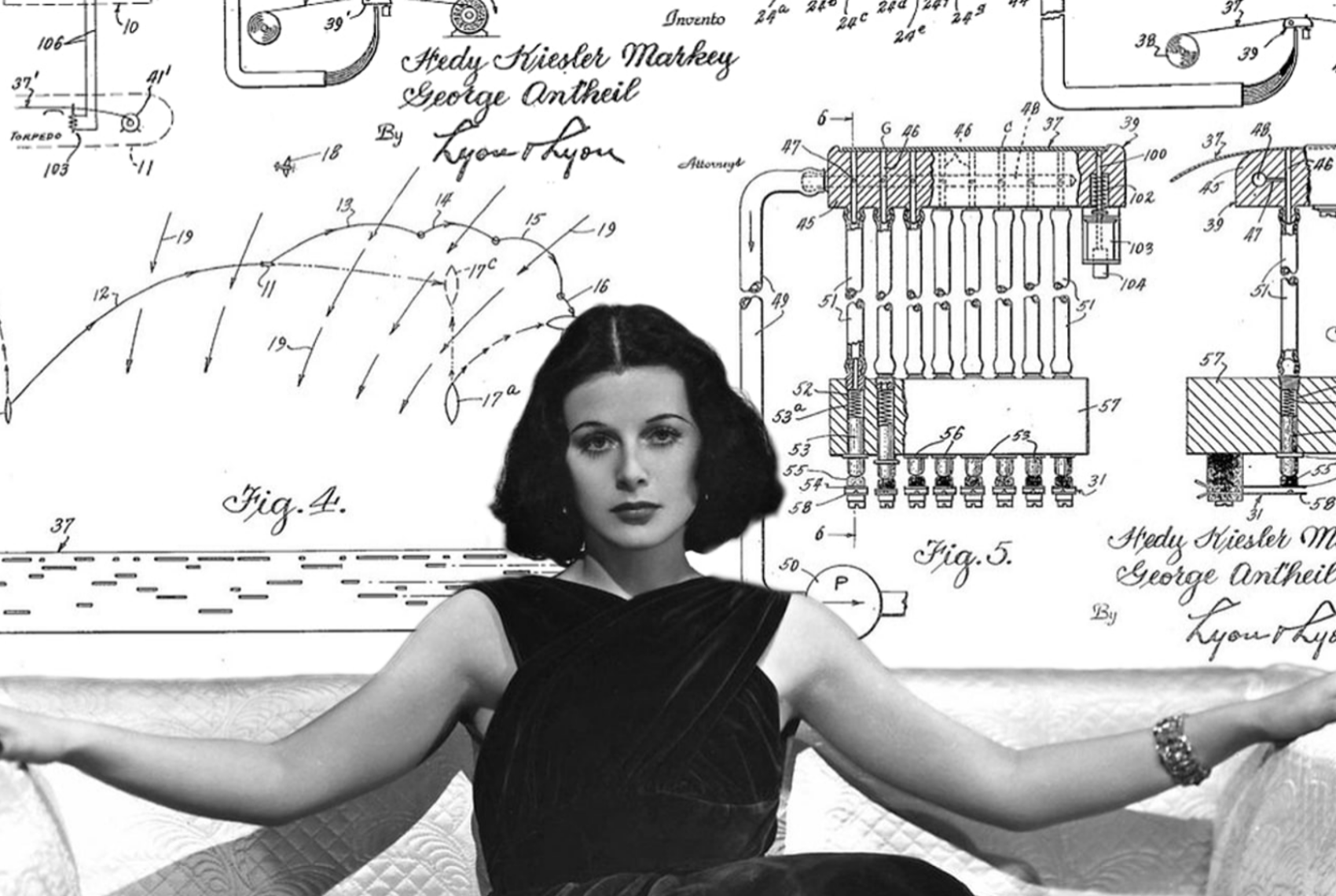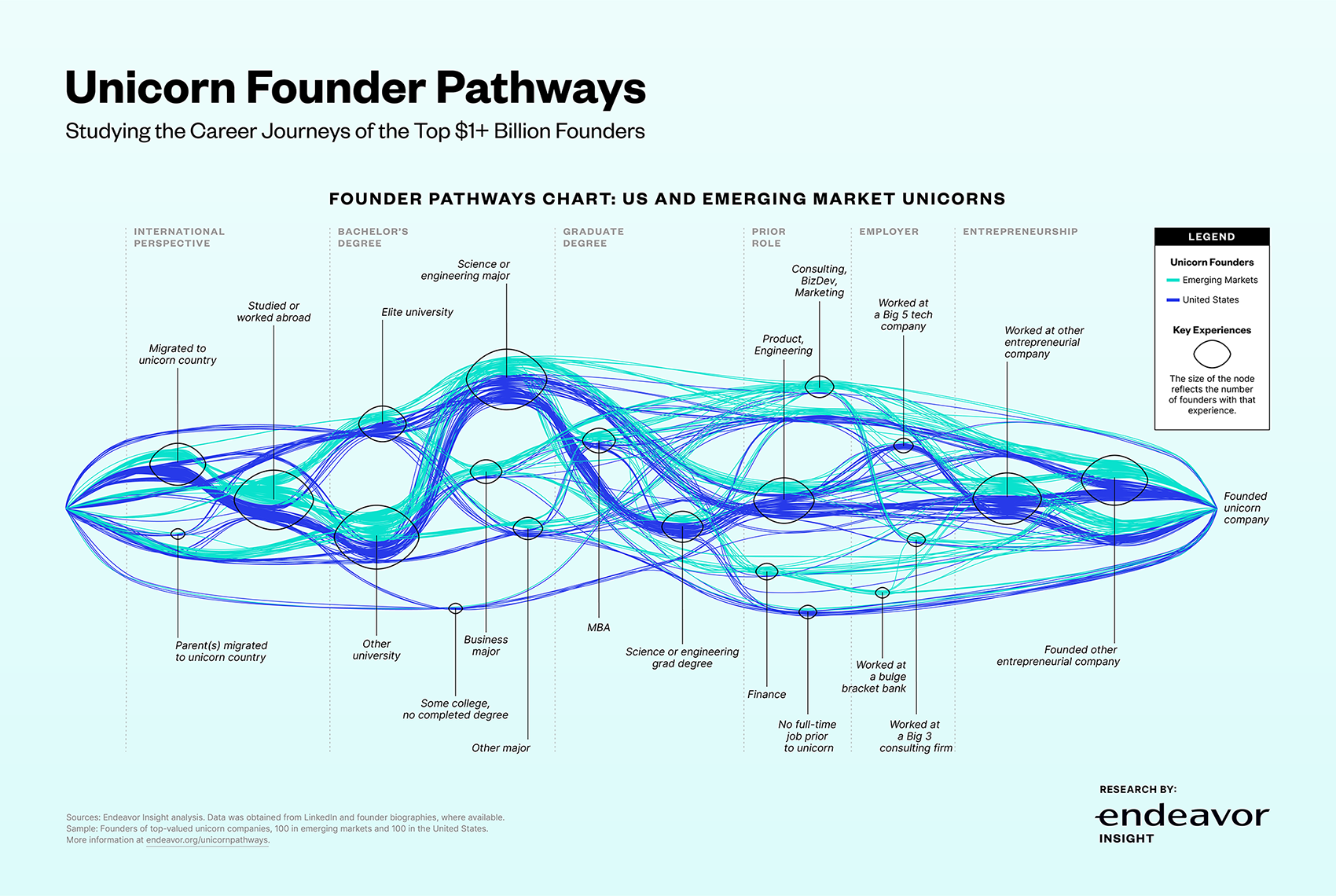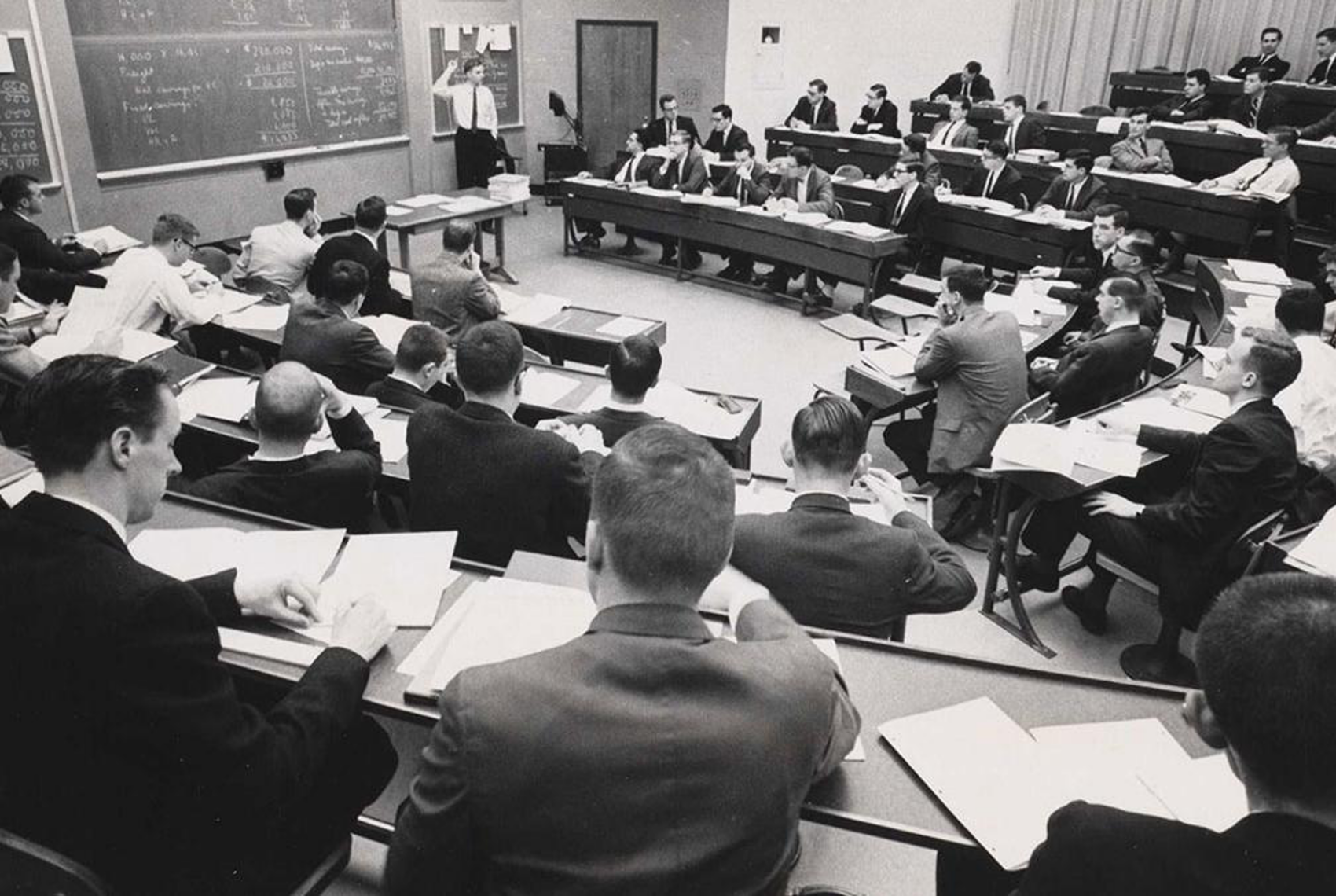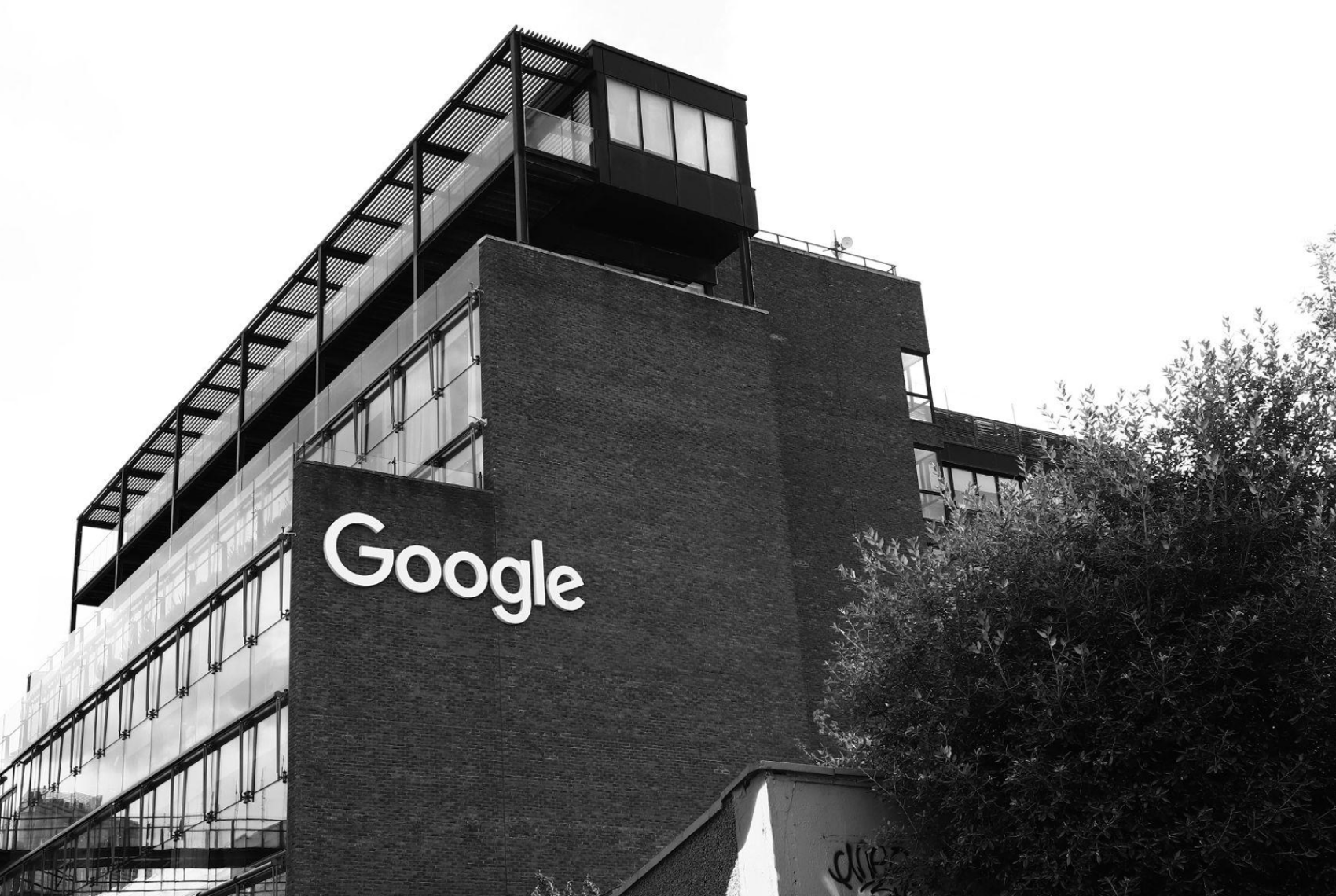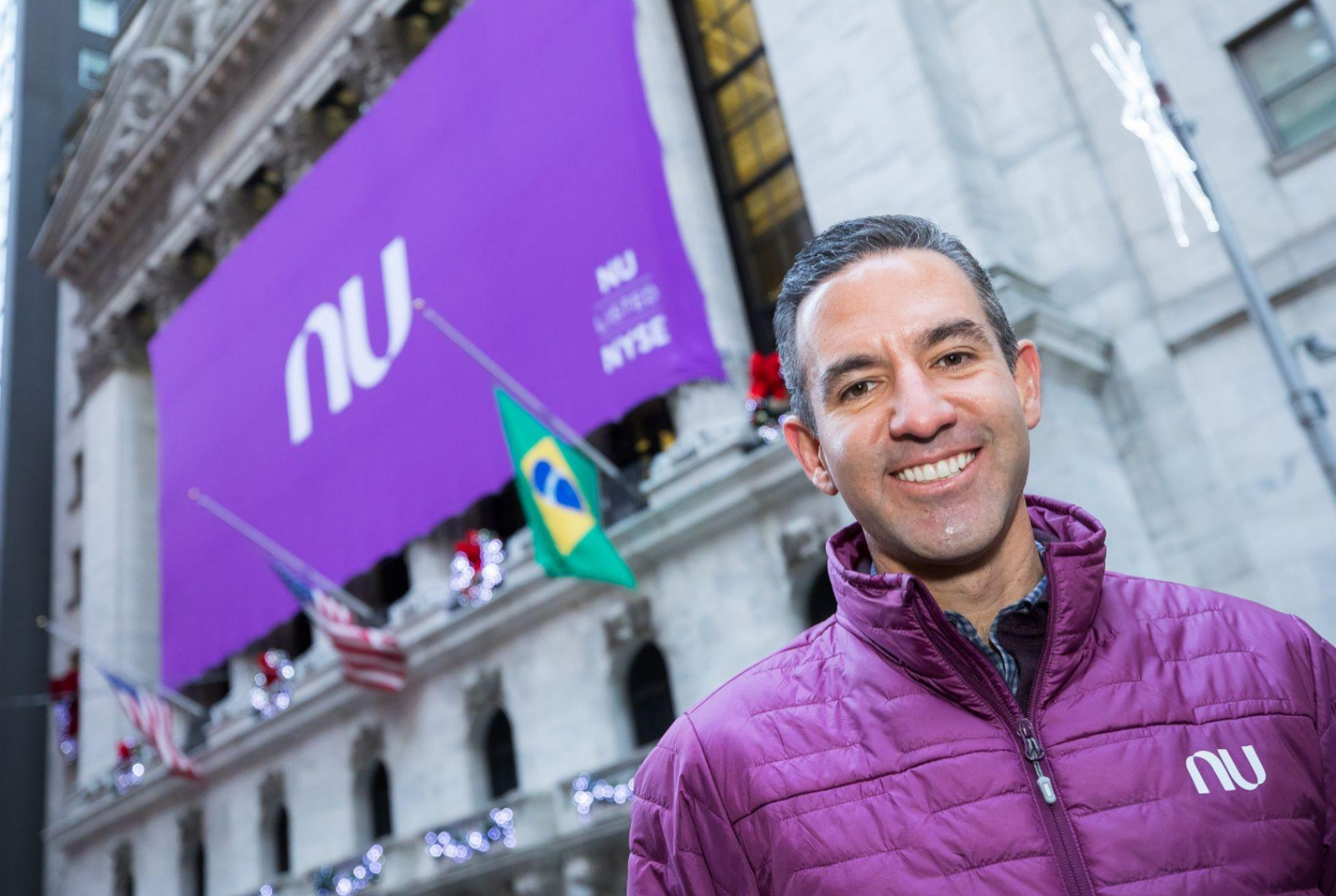Imagine the typical life path of an entrepreneur and their big idea. What background, schools, experience come to mind? It’s probably a young man, maybe a Stanford University dropout or recent Google hire, who finds another young man and starts bootstrapping his billion dollar idea from a garage in the Valley. That’s the stereotype. But should it be?
This year, Endeavor released groundbreaking research proving that the path to founding a unicorn company is not as monolithic as you might think. We have proven that there are other paths to success that are just as effective, if not moreso, and far more common among unicorn founders. Their stories have sometimes remained silent or forgotten, but we’ve watched groundbreaking innovation pop up off the beaten path for decades.
Let me tell you one of those forgotten stories.
The Life of Hedwig Kiesler
It’s the story of one of the most iconic inventors of the 20th century, yet one you’ve likely never heard of because this founder took that new path. Her name is Hedwig Eva Maria Kiesler. Born in Vienna in 1914, she became fascinated by theater and film, and at 16, she forged a note from her mother and got hired as an assistant at a local movie studio.
Hedwig quickly turned this behind-the-scenes job into a vehicle for stardom. Her breakout role in the film Ecstasy earned her artistic acclaim but caused public outrage because it featured a 60-second nude scene and the first cinematic display of female pleasure.
At 18, Hedwig married Fritz Mandl, an arms dealer with ties to Mussolini and Hitler. Though she was born Jewish, Hedwig accompanied Fritz to countless business meetings with Nazis. Yet her marriage was unbearable. One night, she stole her maid’s outfit and fled to Paris where she obtained a divorce. Soon, she met legendary Hollywood film producer Louis B. Mayer and persuaded him to take a chance on her. Mayer had one stipulation: she needed to distance herself from the Ecstasy scandal. To move forward, Hedwig Kiesler had to change her name.
And so, Hollywood’s leading lady Hedy Lamarr was born. Mayer deemed her “the most beautiful woman in the world.” She starred alongside many of Hollywood’s leading men, including Spencer Tracy, Jimmy Stewart, and Clark Gable.
Hedy Lamarr, Actress Inventor
But being an actress wasn’t enough for Hedy. She resented being known only for her beauty, famously quipping: “Any girl can look glamorous. All she has to do is stand still and look stupid.”
Her real passion was invention. She had always been a “tinkerer” and now the bored actress desperately wanted to put her ideas to good use. Hedy believed she could help the Allies defeat the Nazis. After all, she took lots of notes in those business meetings with her ex-husband, the arms dealer. Sadly, no one took her seriously.
Then, at a dinner party in 1940 she met the “bad boy of music,” George Antheil. Their conversation quickly turned from Hollywood gossip … to torpedoes. Hedy had a theory of how torpedoes, through a radio-guided invention, could avoid being jammed by enemy ships.
George was intrigued. He was working in Hollywood for the pay, but like Hedy he was also pretty bored. His real passion was avant-garde music. George told Hedy about a score he had composed that was so cacophonous and so long that it got cut from the film it was supposed to be in. So he repurposed the score as a concert piece for 16 player pianos, where the music randomly “hopped” from one piano to another. Hedy immediately sensed how they might translate George’s piano-hopping music to her theory of radio-controlled torpedoes. She wrote her phone number in lipstick on his car windshield, and they got to work.
Within two years, the pair develops a “secret communication system” to prevent Allied torpedoes from being “jammed” by Nazi ships. Their invention of “frequency-hopping” would enable radio signals to be sent randomly across 88 frequencies, evading enemy detection. They choose 88 frequencies in homage to the number of keys on a piano.
In August 1942, the United States issued this patent to them both. The first name listed is Hedy’s. She proudly gave the patent to the US Navy, which promptly buried it in a safe, then classified the technology. Hedy was then told that if she wanted to help the war effort she should “sell kisses for war bonds.”
Frequency-hopping was forgotten until the 1960s, when the Navy dusted off the patent and used the classified technology to boost communications among US vessels during the Cuban Missile Crisis. By then, George had died, and Hedy received neither royalties nor recognition. Though she did get her star on the Hollywood Walk of Fame.
In 1981, President Reagan declassified Hedy’s frequency-hopping technology, making it available for commercial use. Cell phones, Bluetooth, GPS, and Wi-Fi all owe their existence, in part, to Hedy’s invention. Had she retained commercial rights to her patent, the royalties would be worth more than $30 billion.
Hedy’s story is not a Hollywood happy ending. She died a recluse and was only posthumously inducted into the National Inventors Hall of Fame. But it is a story that makes us rethink the pathways founders take to reach their big breakthroughs.
Where, Exactly, Do Unicorns Come From?
For 26 years, we at Endeavor have been saying that entrepreneurship is not just for Stanford-educated boys in hoodies living in Silicon Valley. This year, we decided to use data to back up our claim.
We recently published a year-long project conducted by Endeavor Insight, our research arm. We studied the career and life journeys of unicorn founders—those who have built privately-held companies with a valuation of at least $1 billion.
Our data set comprised 200 unicorn founders: the top 100 from the US, shown in blue lines; and the top 100 from emerging markets, shown in teal, 30 of whom are Endeavor Entrepreneurs.
Our conclusions shattered four myths about the pathway to becoming a unicorn.
Myth #1
Unicorn founders attend Stanford, MIT, Harvard, or other top-ranked universities.
What We Found: Only one-third of unicorn founders attend an elite university. Two-thirds are either self-taught or attend a lower-ranked school.
Myth #2
Unicorn founders major in business, and many get MBAs.
What We Found: 61% of founders study science & engineering as undergrads, compared with just 19% studying business. Only 1 in 5 obtain an MBA.
Myth #3
Most successful founders are young and launch their startups from dorm rooms or garages.
What We Found: The majority of unicorn founders have more than 10 years of work experience before launching their big startup.
Myth #4
Big-5 tech companies or top-tier banks and consulting firms are the primary training grounds for unicorn founders.
What We Found: Only 20% of unicorns train at big-name firms; 80% either work at or found another startup before founding their unicorn.
What Does This All Mean?
We have shown that when one underrepresented founder succeeds, and then shares their story, knowledge, and resources with future founders, their impact compounds. We call this the Multiplier Effect.
Today, we support around 2,500 Endeavor Entrepreneurs who have created 4+ million jobs and generate more than $50 billion in revenue. But they do more than that. After 26 years at Endeavor, what keeps me excited is how they multiply their impact across entire cities and countries.
This year, we honored several founders who followed these new pathways and are generating a Multiplier Effect: a fisherman from Indonesia, leading the new worldwide industry of aquaculture tech; a self-taught engineer from Tunisia who turned a makeshift startup into an AI system that played a major role in resolving the global pandemic; and a serial entrepreneur from Uruguay, whose recent IPO and personal work mentoring local startups has inspired a tiny nation to dream big.
And David Vélez, who epitomizes the new global-citizen entrepreneur. Born in Colombia, David and his family fled to Costa Rica when he was 9 years old to escape warring drug cartels. (His first investment was a cow.) After moving to Brazil, David and two co-founders launched Nubank, which IPO’d on the NYSE in 2021. Today, Nubank is the largest fintech in Latin America with a market cap of $40 billion. David embodies the Endeavor ethos of paying it forward by spending time as a mentor, investor, and philanthropist.
We’ve thought a lot about pathways this year: our entrepreneurs’ paths from big ideas to big impact, Endeavor’s path from a preposterous dream to our role as an ecosystem catalyst in 42 markets, and the many forgotten paths that some of the world’s great ideas have taken, including one that started on a Hollywood backlot and ended up as the smartphone in all of our pockets.
As Hedy Lamarr told her children in a recorded clip: “The biggest people with the biggest ideas can be shot down by the smallest people with the smallest minds. THINK BIG ANYWAY.”
New paths are hard to navigate and many people will surely call you crazy. As I like to say, crazy is a compliment!
Read More
Featured Stories
Postcards from Elsewhere: Gaming, fintech, and Türkiye’s momentum

10 of the Most Exciting Frontier Tech Companies from Elsewhere

The anti-playbook of scaling outside of Silicon Valley

What Endeavor’s Newest Entrepreneurs Are Doing Differently
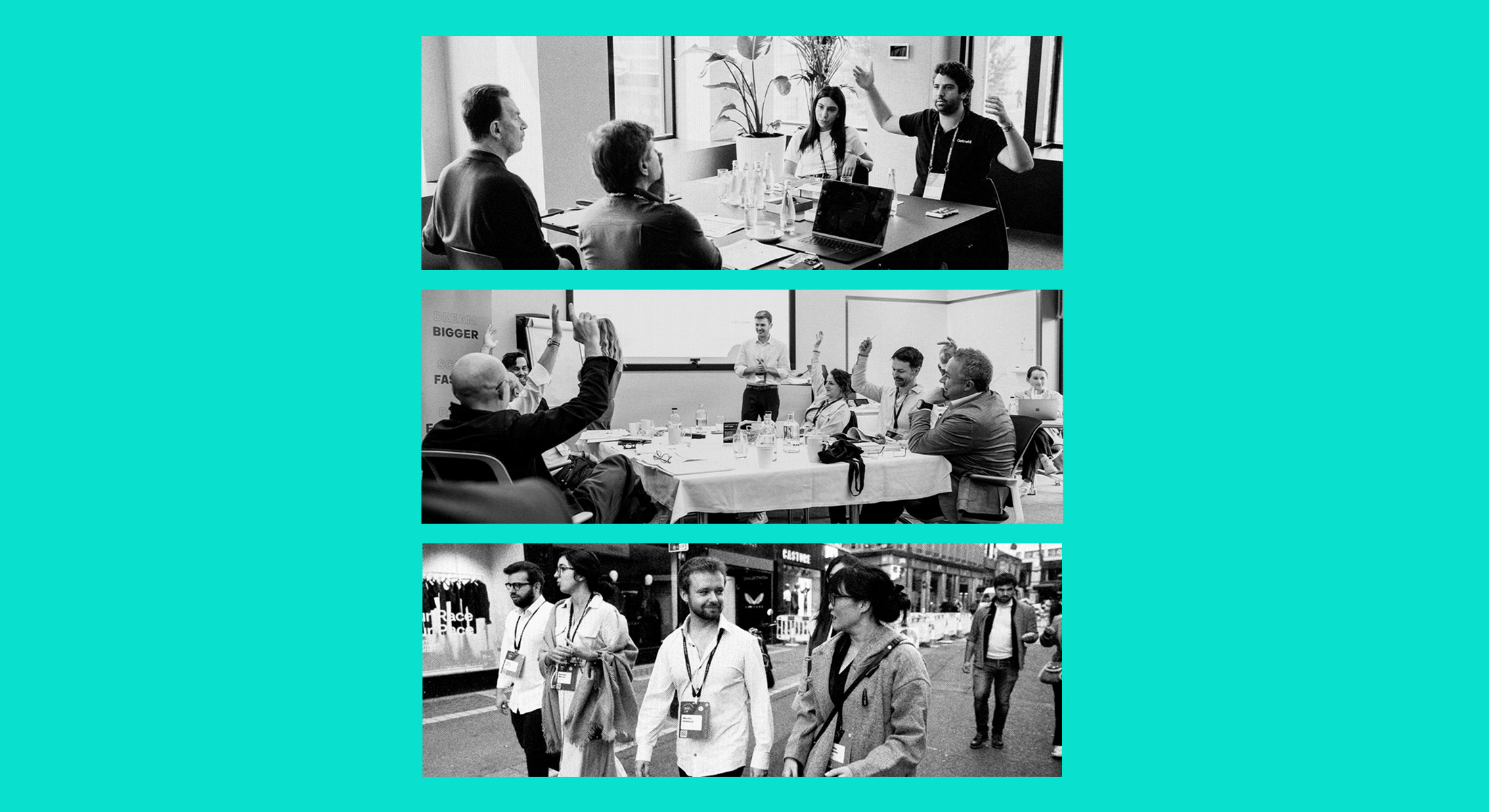
Related Articles

Postcards from Elsewhere: Gaming, fintech, and Türkiye’s momentum

10 of the Most Exciting Frontier Tech Companies from Elsewhere

